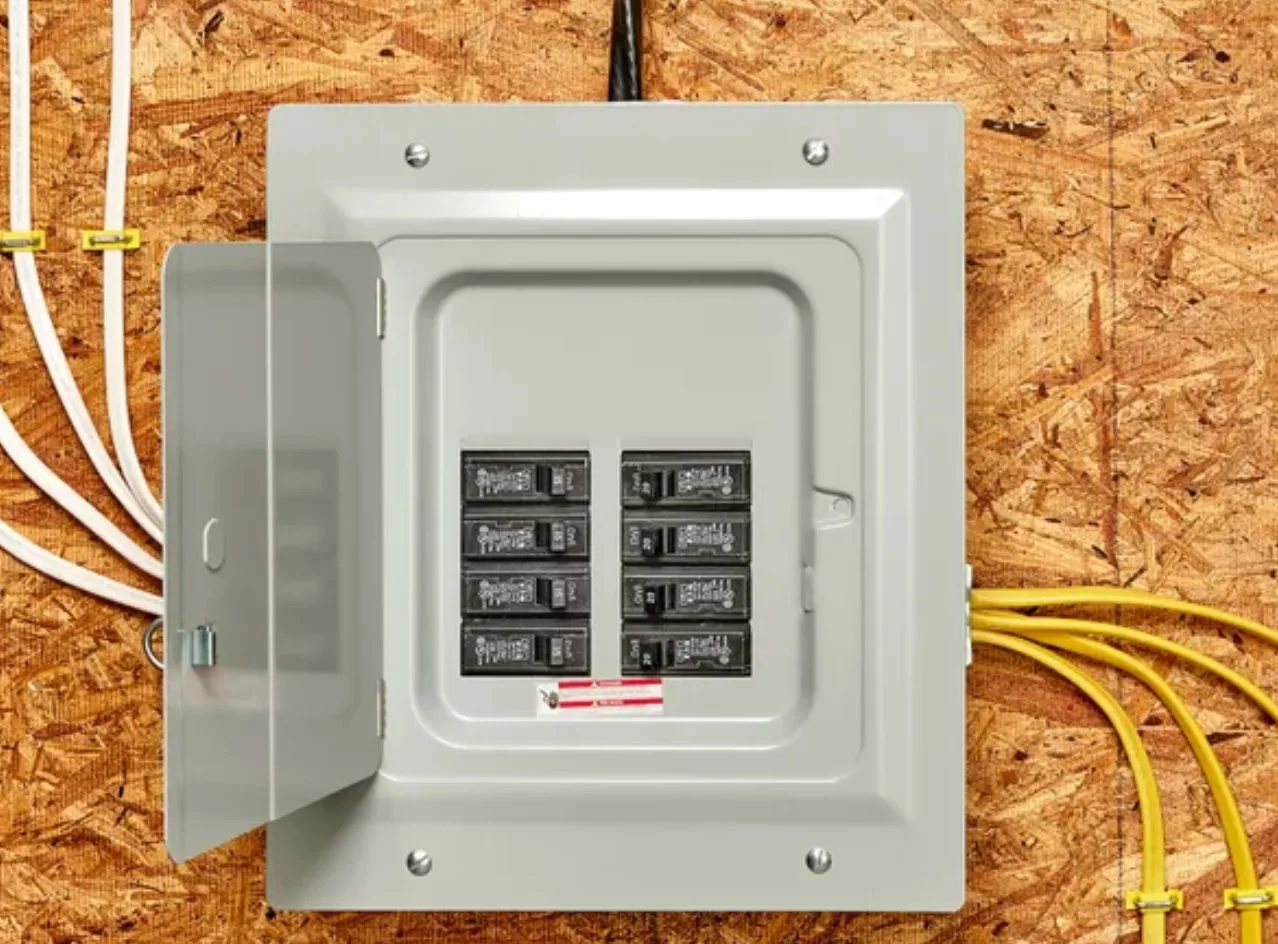In the realm of residential electrical systems, two primary components play pivotal roles in ensuring the safe and efficient distribution of power: the main service panel and the electrical subpanel. These panels serve as the central hubs for managing and controlling the flow of electricity throughout a home, each with its unique functions and characteristics.

Main Service Panel: Your Home’s Power Hub
The main electrical panel, also known as the breaker box, serves as the central point where electricity enters the home. Located near the utility meter, this box houses the main breaker, a switch that controls power to the entire house. It’s especially useful during maintenance or emergencies when the entire electrical system needs to be shut down.
Inside this box are multiple circuit breakers, each managing power distribution to individual sections of the home—like lighting, kitchen outlets, and large appliances. The purpose of this setup is to ensure balanced load distribution and system safety.
Electrical Subpanel: Supporting Power Distribution
In larger homes or buildings with additional energy requirements, a subpanel helps manage the load. This secondary box connects to the main one and distributes electricity to specific areas like garages, guest houses, or workshops.
Subpanels help prevent overloading the main system by handling power-intensive areas independently. They also make it easier to manage circuits in larger properties.
Key Differences Between Main and Subpanels
Let’s simplify the comparison:
- Main Panel: The primary entry point for electricity, with a higher capacity and a main breaker.
- Subpanel: A supplemental unit used for specific areas or equipment, connected to the main box.
- Location: The main box is near the meter; subpanels are located closer to the areas they serve.
Conclusion
Understanding how your home’s electrical system is divided helps with safe and efficient energy use. Whether it’s the central breaker box or an auxiliary one for additional areas, proper management of these units is essential.
Additional Considerations:
- Always consult a licensed electrician for repairs or installations.
- Periodic checks ensure your system remains up to code and safe.
- If your power needs grow, upgrading your main setup or installing a sub-distribution unit might be necessary.
Let’s Power Projects Together
Whether you’re a homeowner planning an upgrade or a professional installer managing complex projects, Ramsun Solar Design is your trusted partner for electrical panel solutions. From accurate design insights to dependable guidance on main and sub panels, we help ensure your power systems are safe, scalable, and built to last.
E-mail: info@ramsunsolardesign.com
Website: www.ramsunsolardesign.com
